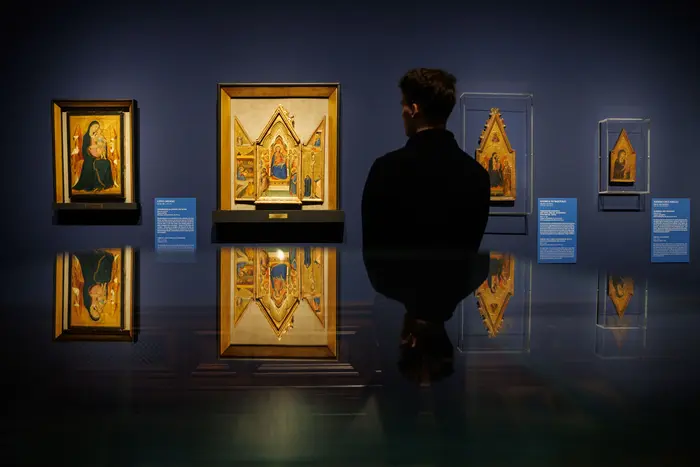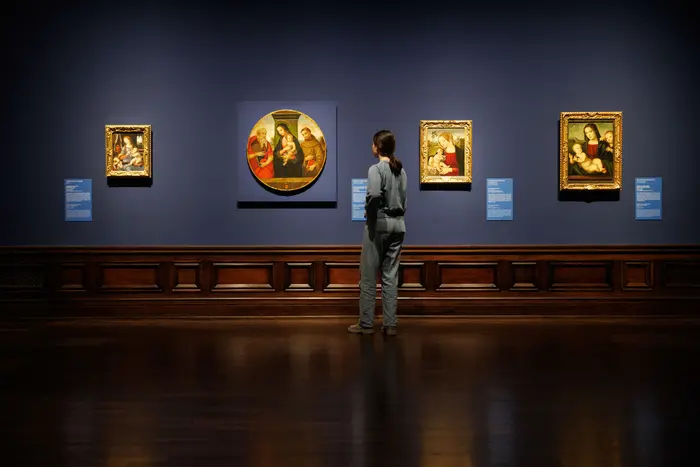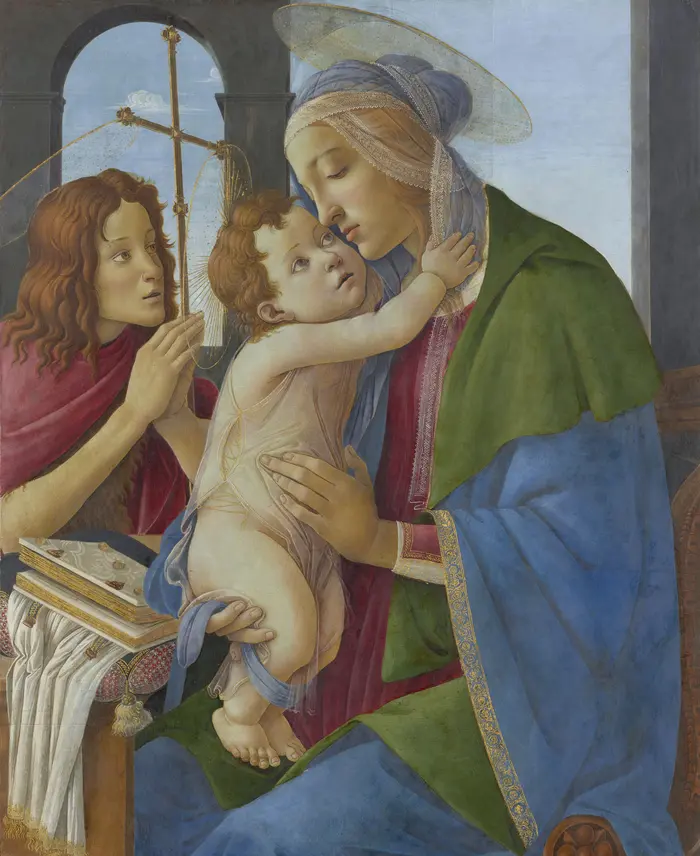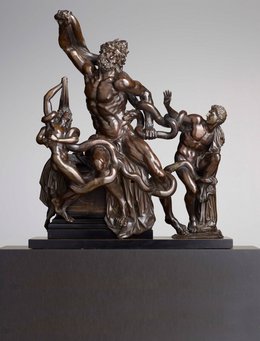Wohlhabende Kreise
In order to satisfy also the desires of less well-off customers, reliefs were modelled from inexpensive materials such as clay or stucco, which could then be reproduced multiple times by casting. The compositions usually derived from prominent sculptors and the colouring was executed in the best painting studios in the city. This resulted in some of the most enchanting creations of the Italian Renaissance.



















